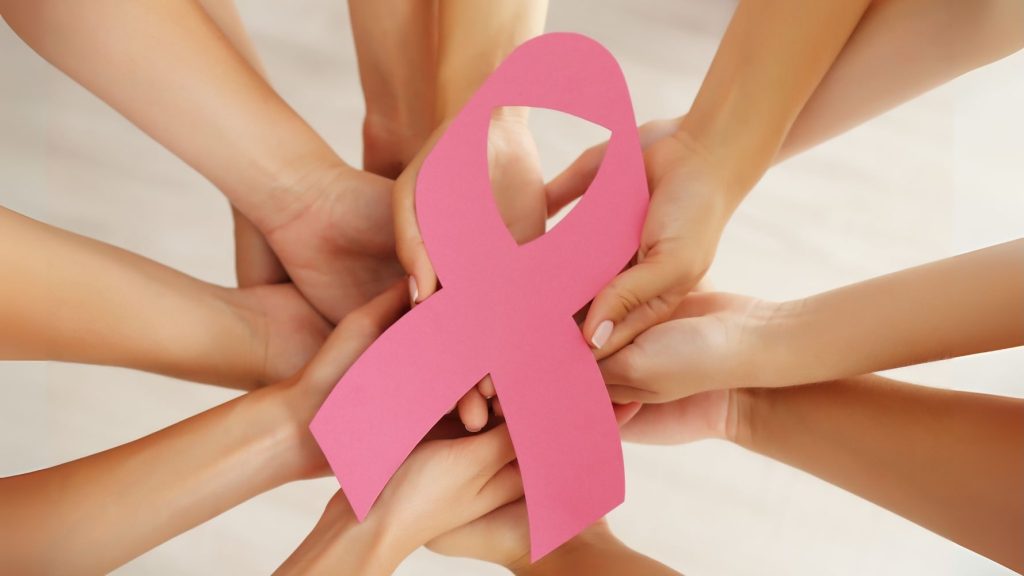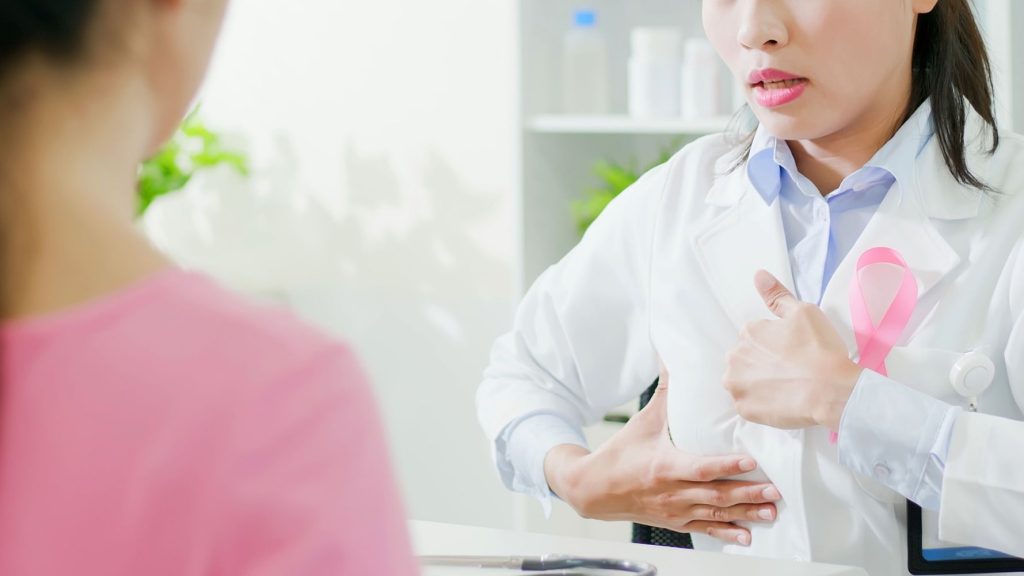Early detection can save lives, particularly when it comes to breast cancer. Learning the correct breast self-examination steps is a simple and empowering way to stay proactive about your breast health.
By knowing how your breasts normally look and feel, you can quickly notice any unusual changes and seek timely medical advice. While a self-exam does not replace mammograms or professional evaluations, it plays a crucial role in early detection of breast cancer. Practising consistent breast self-examinations ensures you stay proactive about your health, alongside scheduled clinical screenings.
When and How Often to Perform Self-Exams
Understanding when and how often to perform a self-exam makes it easier to maintain a regular routine. It is generally recommended to follow breast self-examination steps once a month, ideally a few days after your menstrual period ends when breasts are less swollen or tender.
For post-menopausal women who no longer have monthly periods, choosing a consistent day each month, such as the first of every month, helps maintain a steady habit. Whether you are learning how to check breasts for lumps for the first time or improving your self-care routine, setting reminders and linking the self-exam to an existing monthly task (like paying bills) can improve consistency.
Incorporating regular self-exams into your life not only boosts familiarity with your body but also supports overall breast health awareness. Early recognition of changes provides the opportunity for faster intervention if needed, aligning with the goal of proactive health care.
Step-by-Step Guide to Breast Self-Examination
Performing a self-exam involves three simple breast self-examination steps: visual inspection, lying down palpation and standing palpation.
Step 1: Visual Inspection – Stand in front of a mirror with your arms at your sides, then raise them overhead. Look carefully for any visible changes in shape, size, contour or skin texture, such as dimpling, puckering or redness.
Step 2: Lying Down Check – Lie flat on your back with a pillow under your right shoulder. Use the pads of your fingers to move around your right breast in small circular motions, covering the entire breast and armpit area. Repeat on the left side. This position spreads the breast tissue evenly, making it easier to detect abnormalities.
Step 3: Standing Check – Examine your breasts while standing or in the shower. Wet, slippery skin can make it easier to feel subtle changes. Follow the same circular motions, paying attention to any unusual thickening or lumps.
For an effective self breast exam guide, remember to use light, medium, and firm pressure to feel different layers of tissue. These simple steps can empower you to take charge of your health confidently.
What to Look For
When conducting a self-exam, knowing what to look for is critical.
Focus on identifying:
- Lumps or thickening in the breast or underarm area
- Changes in shape, size or skin texture such as dimpling, puckering, redness or visible distortion
- Nipple changes like inversion, discharge (especially if bloody or occurring without squeezing), or scaling
While changes do not automatically indicate cancer, noticing something new or different is a signal to seek professional evaluation. Practising regular breast self-checks not only boosts your awareness but enhances your ability to contribute to breast cancer early detection efforts. In Singapore, initiatives like breast self-check Singapore campaigns encourage women to combine self-awareness with regular clinical assessments to maintain breast health proactively.
What If You Find Something Unusual?
Finding a lump or unusual change during your self-exam can be alarming. However, it’s important not to panic. Most breast lumps are benign (non-cancerous) and may result from conditions like cysts, fibroadenomas or hormonal changes.
If you notice anything unusual during your breast self-examination, monitor the area for a few days to see if it persists. If the change remains or worsens, schedule an appointment with a breast specialist promptly. Knowing how to check breasts for lumps gives you the advantage of early recognition, but confirming the nature of any findings requires medical expertise.
Diagnostic tools such as mammograms, ultrasounds or biopsies might be used to provide clarity. Prompt consultation helps distinguish benign from serious conditions, giving you peace of mind or access to early treatment if needed. Trust your instincts—if something feels different, it’s always better to seek professional advice.
Empower Your Health with Regular Breast Self-Examination
At Andrew Lee Breast Clinic, we believe that consistent and informed self-care is the foundation of good breast health. Practising regular breast self-examination empowers you to detect any changes early and seek the right medical support when needed.
While self-exams are a valuable tool, they should be combined with professional screenings for a comprehensive approach to breast cancer early detection. If you notice any unusual changes during your self-exam or need guidance on proper technique, our dedicated team is here to provide expert evaluation, imaging and personalised advice.
Your breast health is too important to leave to chance. Schedule your consultation with Dr Andrew Lee today and take a confident, proactive step towards your well-being.







